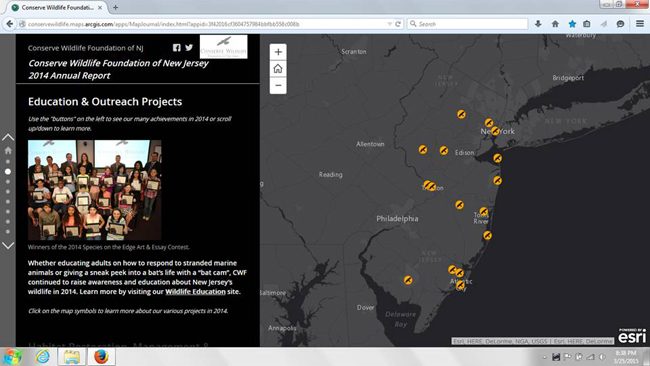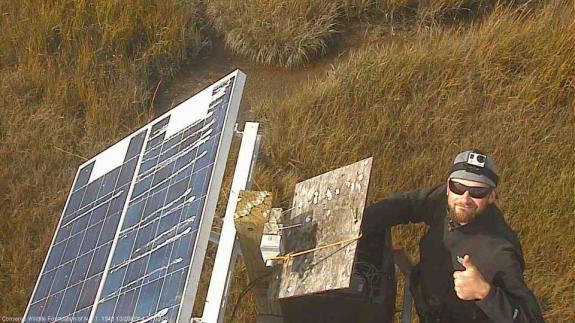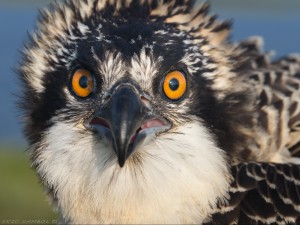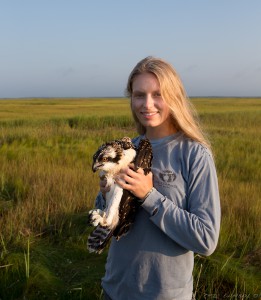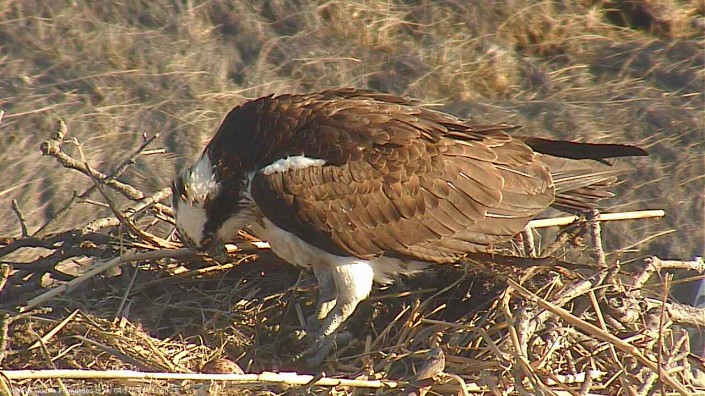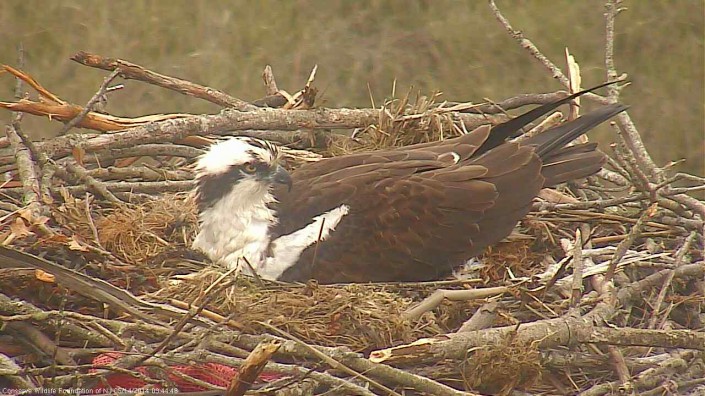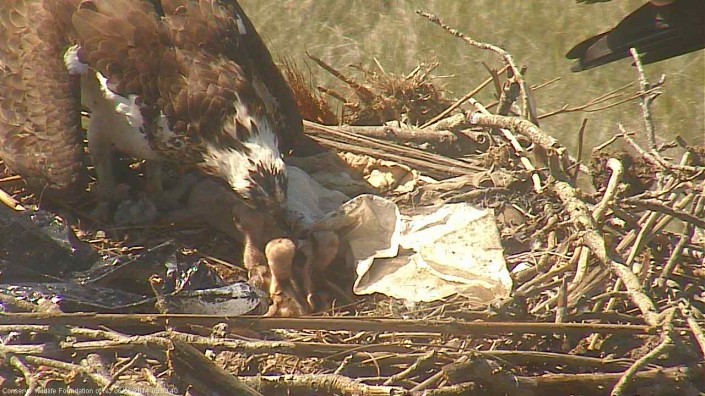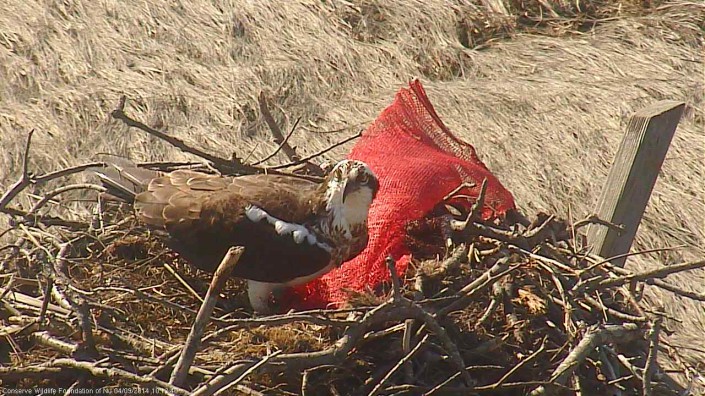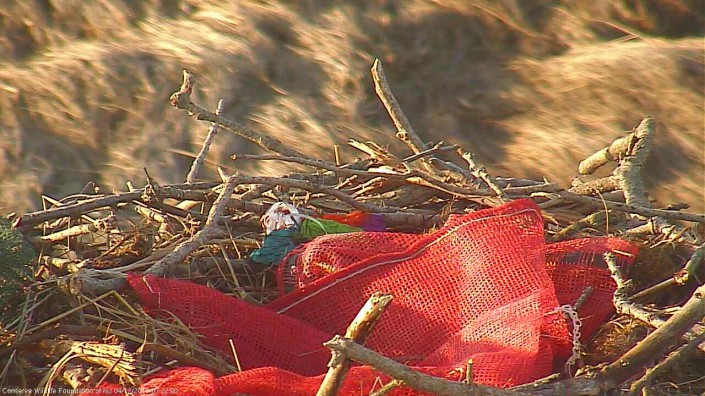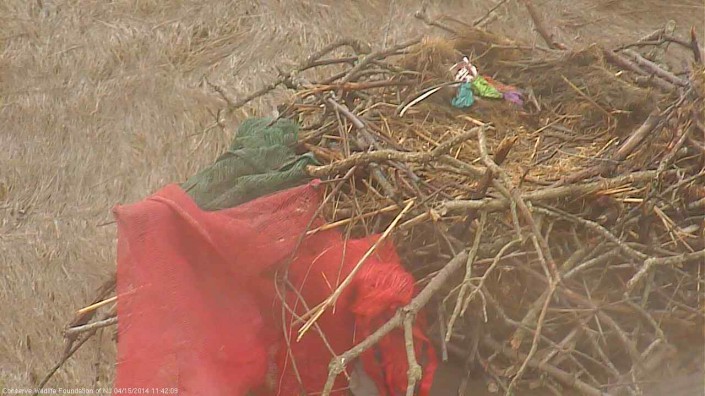Lights, Camera, Action: Conserve Wildlife Foundation Releases New Video
New Video Showcases CWF’s Work to Protect the Garden State’s Wildlife
By: Lindsay McNamara, Communications Manager
Conserve Wildlife Foundation is thrilled to release a new video as an “introduction” to our work, keeping New Jersey’s wildlife in our future! We are a private, non-profit organization dedicated to the protection and preservation of New Jersey’s endangered and threatened wildlife and the habitats they depend on.
As the video demonstrates, we utilize science, research, wildlife management, habitat restoration, education and volunteer stewardship to help conserve and protect a variety of at-risk species of wildlife in New Jersey, the most densely populated state in the nation.
The video was produced by Tyler Grimm, a video intern with Conserve Wildlife Foundation.
Want to get involved? Learn more about Conserve Wildlife Foundation on our website.
Lindsay McNamara is the Communications Manager for Conserve Wildlife Foundation of New Jersey.

